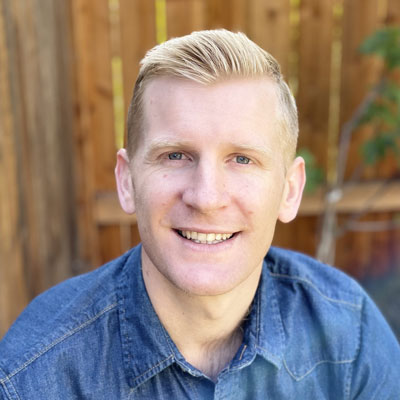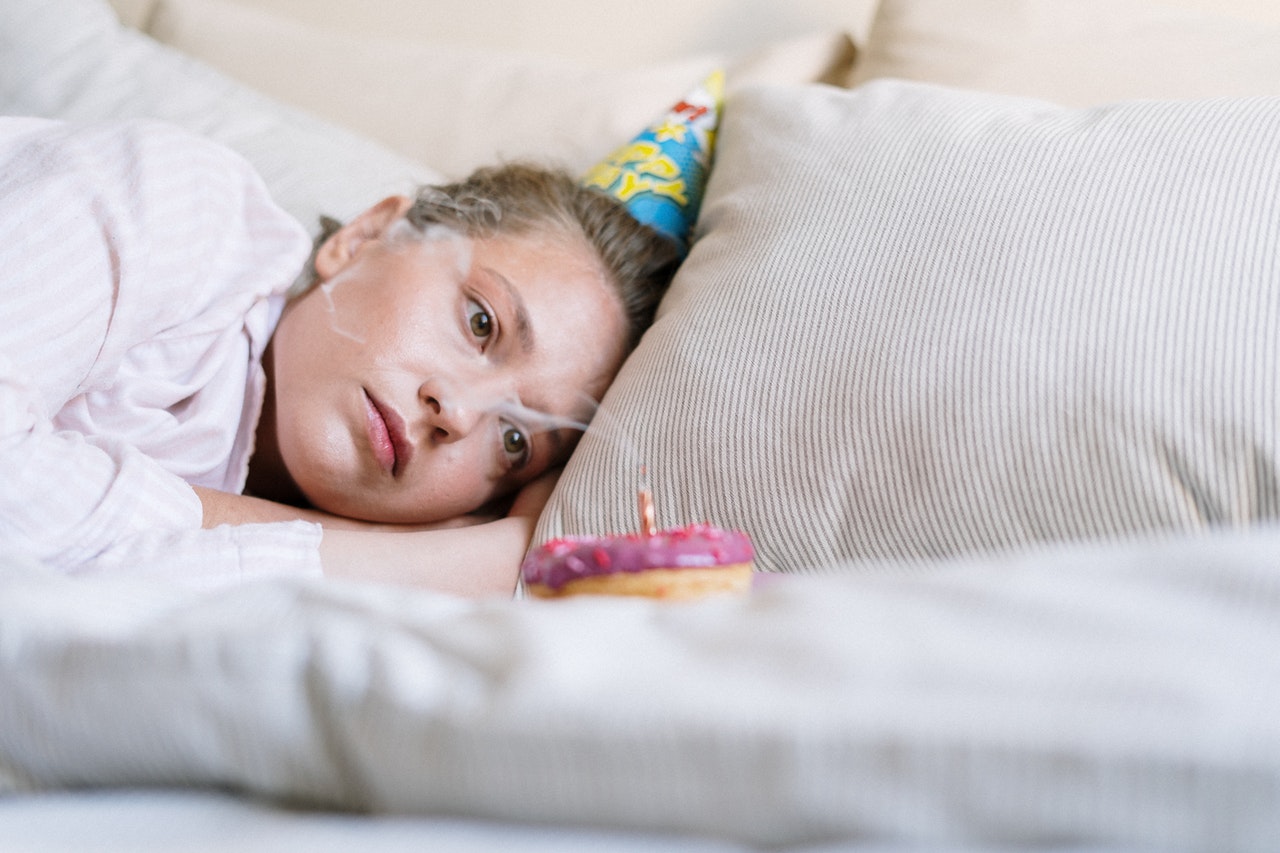

Make ADHD Your Superpower
This article aims to teach you how to utilize a practical framework to advocate for the support you need from coaches and other support providers;
Addiction can be difficult to understand, and even more so to cope with. It is important to take the time to learn what it actually is, what causes it, and where to look for help. Addiction 101 is your best resource for learning everything you need about addiction.
First of all, let’s make it clear, addiction is a disease. The word ‘addiction’ is often used incorrectly, so people tend to believe you can just turn it off or on with enough willpower. However, research has proven time and again that addiction is a disease and should be dealt with as such.
The stigma surrounding addiction causes people to deny it because they do not want to have a disease. Treatment is possible, and the diagnosis of addiction is not terminal. In fact, it is the first step toward recovery. In this article, we will be unpacking all parts of addiction, so if you wish to skip the scientific part about the brain and addiction, go straight to “what causes addiction”. Let’s get started!
Addiction and the Brain
Addiction weakens your frontal lobe, the decision-making and attention part of the brain. Addiction forces people to focus on the short-term rather than the long-term. When someone who is addicted experiences a craving, the brain’s frontal lobe shuts down. This is called hypo-frontality. This plains why many people will relapse during recovery.
Addiction also affects the midbrain. The midbrain is responsible for survival. It is impulsive, non-reflective, and unconscious. It does not focus on social cues or know how to plan for the future. This is why people suffering from addictions often feel as though they are lacking free will. The midbrain begins to confuse the substance with survival on a deeper level.
In the non-addicted brain, the object of addiction is a substance or behavior rather than a survival element. By contrast, the person who is addicted is emotionally involved with the substance and has a very hard time being without it.
The brain’s reward system in the striatum is affected. As addictions progress, the brain’s reward system makes it hard for the person to experience any pleasure without the substance. This affects the brain’s natural dopamine system and depletes as it learns to depend on the substance for dopamine. This creates a dangerous cycle.
This can make ordinary events, such as a movie, job promotion, or seeing friends not as pleasurable to the addicted brain. So people who are struggling with addiction do feel differently than others.
Withdrawal is another bodily effect of drug or substance abuse. This is the name for the emotional and physical problems one has when they suddenly stop taking a substance they are dependent on. The symptoms and severity depend on the type of substance, duration of use, average dosage, and many other factors.
Withdrawal can be very scary, but it is a necessary part of addiction recovery.
What Causes Addiction
There is no way to predict who will develop an addiction. This multi-faceted condition could come from a variety of factors, so we will think in terms of risk factors for developing an addiction instead of direct causes.
Let’s start with the biological factors. Your genes affect so much of your life, but can they influence your likelihood of experiencing an addiction? Most scientists agree that genes contribute to about half the risk of developing a substance abuse disorder. There is a variation in a gene that determines the makeup of brain receptors for dopamine. Another genetic component could be your body’s natural response to stress.
For whatever reason, males are more likely to develop addictions than females. Variations in liver enzymes can also influence the risk of an alcohol use disorder.
Psychological factors may also affect your likelihood. Impulsivity and thrill-seeking have been linked to substance abuse and gambling disorders. Impulsivity is particularly related to relapse.
Trauma and abuse can contribute to substance abuse disorders by overwhelming one’s ability to cope. These experiences affect the brain’s alarm and distress signals and create more stress on the individual. Conditions like depression, anxiety, PTSD, and ADD also increase the risk of addiction.
Environmental factors are the other category to look at. Strong family relationships have been proven to protect against substance abuse disorders, but several aspects of family dynamics can contribute to risk. For example, a family member with an addiction raises risk. Troubled childhoods and relationships with parents are big risk factors.
Easy access to alcohol or substances increases repetitive use that could lead to an addiction. Humans are very social animals and very influenced by peers. If you have positive social relationships, you are likely to be protected against substance abuse. The opposite is also true.
Addictive Substances and Behaviors
These are the most common substances and behaviors that people will abuse:
Because of the changes in our brain chemistry, addiction can make these substances feel as necessary as food, water, and sleep.
Symptoms of Addiction
The symptoms of addiction depend on what you are addicted to and the level of severity. Here are some of the primary symptoms of substance abuse disorders:
● Lack of self-control. People who are addicted lose control over their compulsions. Even if they know it is wrong, they cannot help but abuse substances. This goes back to how addiction affects those different areas of the brain.
● Cravings. These are an intense desire to partake in the substance he or she abuses. People who have an addiction feel powerless to the substance. The cravings can be triggered or caused by something specific.
● Social issues. Substance abuse can cause you to fall behind in many areas of your life. Your relationships, school, or work-life may suffer. Substances keep you from enjoying those areas of life.
● Impulsivity and risks. You may engage in risky behaviors such as driving under the influence or stealing. Obvious consequences include being arrested, having your license revoked, or even harming someone unintentionally.
● Changes in tolerance. We know that withdrawal is part of the process, but it can also be a clear warning sign that someone has an addiction. People who continuously abuse a substance will need more and more to get the same effect.
● Health issues. Many problems can come with addiction, and negative changes in health are prominent. Unclean needles, cancers, and even hepatitis are all risks someone is assuming.
Again, these symptoms will vary from person to person. If you recognize these behaviors in yourself or someone else, it may be time to reach out for help.
Treatment
Treating addiction is possible, but recovery is a long-term process. Relapse is part of the recovery process and the best treatments help the victim cope with this. Success does not happen all at once, but rather in steps of progress. Addiction is very stigmatized, so much so that only 10% of people will seek treatment.
Treatment can include any number of components. Remember, it is geared towards the specific needs of the individual. Here are some of the most common methods of recovery:
● Detoxification. This is always conducted under medical supervision and is the first stage of treatment. The individual needs to get the substance(s) out of their system in order to begin recovery.
● Monitoring individual progress. As we mentioned, since success does not happen at once, it is important to acknowledge steps in the right direction and celebrate progress.
● Medications. This can help reduce the effects of withdrawal or treat anxiety and depression. Many people will also experience mental health problems with their addiction, so it is important both are being treated.
● Group therapy. Peer-support programs are very helpful in recovery. They hold each other accountable and give people a sense of community.
● Life-skills training. Some recovery programs help people improve their employability skills so they can reenter society. Self-care and health classes can also be part of the program.
● Therapy. Patients engage in therapy in order to recognize and cope with their addiction. They are able to develop coping skills and receive support individually.
Treatment is available in many settings, from outpatient to inpatient. It is important that the person finds the right program that works for their lifestyle. Addiction is a serious problem, and one that only being educated and willing to put in the commitment can help fix. Consider these statistics about addiction:
If you are looking for someone to talk to and want professional support, therapy is a great option. On Mental Treat’s platform, we have a variety of specialists who deal with addiction and substance abuse disorders. Simply access the platform here and filter to find the right match for you. We also have articles on how to find the right treatment plan for you and how to help someone who has an addiction on our blog.
A Word From Mental Treat
If you or your loved one is struggling with an addiction, it is not the end. There is a light at the end of the tunnel. Help is available and accessible. Even the fact that you are reading this article is already a fantastic step.
Remember, we have specialists ready to help you or your loved one on our platform. You are not alone. As always, take care, and be well.


This article aims to teach you how to utilize a practical framework to advocate for the support you need from coaches and other support providers;


Do you know those happy couples on Instagram who seems like they have it all together? They have one thing in common: little to no sexual


Unfortunately, we often do not learn enough about what makes a relationship healthy. Even if we do, the lesson does not always stick when it comes


Online therapy, especially as a result of COVID-19, has become increasingly more popular. It is easy, you can do it from anywhere, and it eliminates the


Couples therapy is a great way to restore a relationship. If you and your partner are experiencing problems and looking to work through them, it could


As the holiday season approaches, not everyone is filled with cheer. Some people love the seasons and start decorating their houses as soon as possible. They